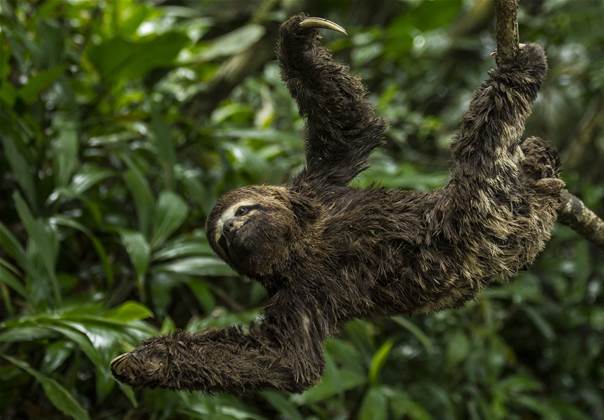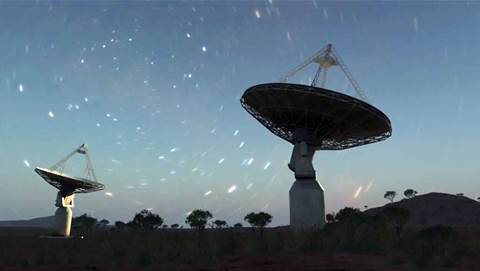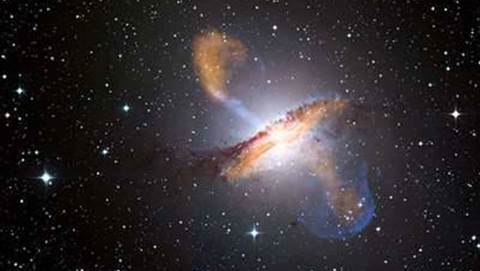The team that brought the world wi-fi is now hoping to track the wildlife of the Amazon rainforest and stream it back to the loungerooms of fellow scientists and nature aficionados in real time.

Thanks to a $2 million bequest from the philanthropic fund of Gordon Moore - of Moore’s Law fame - scientists from the CSIRO and Data61 have the opportunity to use their latest innovations in long-distance wireless data transmission to link up a network of 1000 sensors installed in the depths of the Amazon.
The Aussie researchers, led by Dr Alberto Elfes, are working with teams from the Mamirauá Institute in Brazil and BarcelonaTech to see if the CSIRO-patented technology could help them bust limitations on biodiversity surveys done by humans.
“Usually, a specialist will have to walk through the forest and listen out for different species and take notes, or set camera traps activated by infrared sensors," Elfes said.
“But many species don’t want to be seen or heard.
“The size of a forest means they will survey sample patches and hope it is representative of the whole area. But often this is not the case.”
In pursuit of better, quicker data on the state of biodiversity in one of the world’s most valuable ecosystems, Elfes and the team are taking the CSIRO’s ‘Ngara’ wireless technology to the Amazonian wetlands.
The CSIRO-patented bandwidth optimisation system automatically detects unused spectrum and compresses it for up to 700 MHz.
Elfes said its ability to send data at high bitrates for hundreds of kilometres is allowing the researchers to think about expanding their network beyond the Mamirauá Institute’s base towers.
And by building processors into the sensor nodes themselves, he said, they can run recognition algorithms on audio or imagery they capture locally at the device. So instead of having to transmit high resolution photos back to base for analysis, they can instead send the much smaller compressed results - once again pushing the boundaries of what is possible in terms of distance.
Real-time data capture will allow the researchers to forge new links between seasonality, weather conditions, man-made events and their effect on the rainforest flora and fauna.
In the first stage of what has been dubbed the “Providence” project, the team will install 10 of the sensor nodes - equipped with cameras, microphones, infrared triggers and heat monitoring - in an effort to count populations of of jaguars, monkeys, bats, birds, reptiles, river dolphins and fish.
They hope to eventually reach a network of 1000 sensor nodes streaming data from Brazil’s Mamirauá Reserve back to other interested scientists across the world.
Data61 boss Adrian Turner said “Providence will enable, for the first time, the establishment of an accurate recording and assessment system of the biodiversity status of this region in the Amazon, and provide a warning system alerting us to any change that could threaten the amazing wildlife resident there.”











 iTnews Executive Retreat - Security Leaders Edition
iTnews Executive Retreat - Security Leaders Edition











_(1).jpg&h=140&w=231&c=1&s=0)



